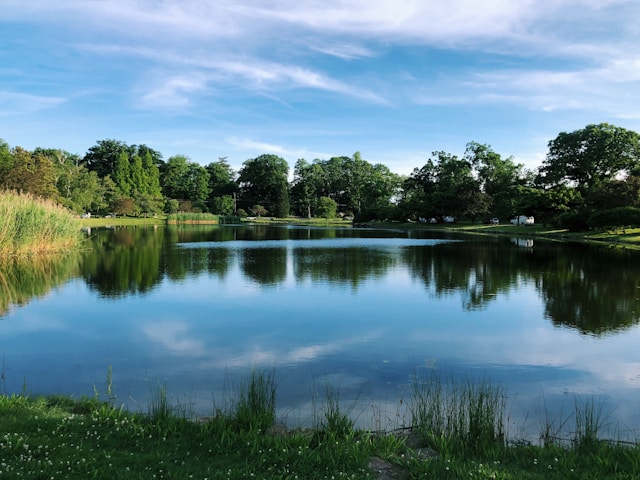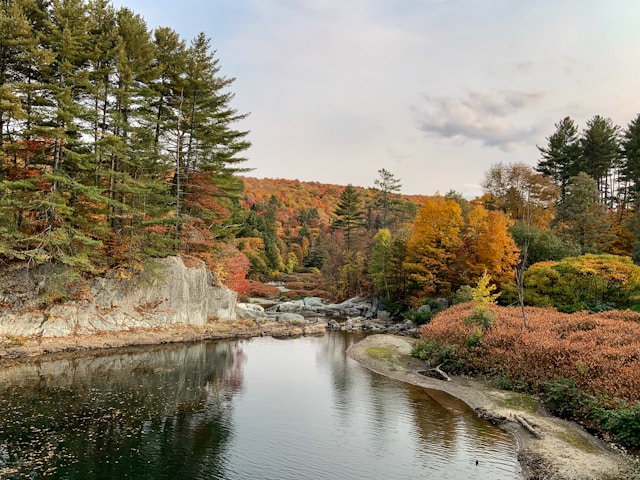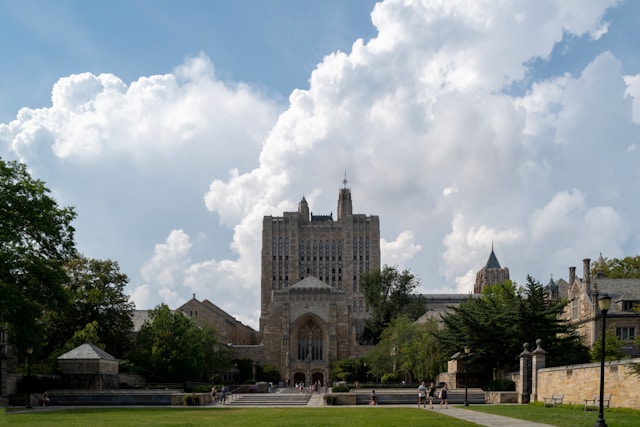# Connecticut Air Quality Alert: DEEP Issues Warning as Ozone Levels Spike
Connecticut residents are facing a significant health concern right now. The Department of Energy & Environmental Protection (DEEP) has issued an urgent warning about the state’s deteriorating air quality.
Explore top-rated stays with no booking fees and instant confirmation. Your dream trip starts here!
Start Exploring Now
Ozone concentrations have spiked to potentially dangerous levels. Vulnerable groups—kids, seniors, and folks with respiratory issues—are at the highest risk.
This guide breaks down what’s going on with Connecticut’s air, why it matters, and what you can actually do to protect yourself during this environmental mess.
Understanding the Current Air Quality Crisis in Connecticut
The Connecticut Department of Energy & Environmental Protection has sounded the alarm about unhealthy air conditions developing across the state. The air quality index could easily exceed the “Unhealthy for Sensitive Groups” threshold.
That means a lot of people need to pay attention and take some precautions.
How Ozone Forms and Affects Connecticut Communities
Ozone is a highly reactive gas that forms when oxides of nitrogen and volatile organic compounds mix with sunlight. These pollutants usually come from everyday stuff like cars, power plants, and refineries.
DEEP officials say western and inland Connecticut will probably get hit with the highest ozone levels first. The affected area should spread from southwest to northeast Connecticut by June 5.
Folks in Hartford, New Haven, Stamford, and Waterbury should really keep an eye out. Urban areas tend to get more concentrated pollution thanks to all the traffic and industrial activity.
Health Impacts and Medical Recommendations
High ozone concentrations aren’t just numbers—they’re a real health risk, especially for people who are already vulnerable. Dr. Anumeha Singh, chief of emergency medicine at Hartford Hospital, has some advice for getting through this stretch of poor air quality.
Protecting Vulnerable Populations
Those at highest risk include:
In Bridgeport and Greenwich, coastal conditions might give a little relief at first. Still, residents shouldn’t get complacent since the bad air is expected to spread.
Dr. Singh recommends that everyone in Connecticut:
Expert Recommendations for Reducing Ozone Formation
Robert Hansen, a chemistry professor at Quinnipiac University in Hamden, has some practical ideas for cutting down on ozone formation during this rough patch.
Timing Your Activities to Minimize Impact
Professor Hansen suggests a few timing tricks that can actually make a difference. When you’re fueling your car, try pumping gas in the early morning or evening when sunlight is weaker.
This helps cut down on the chemical reactions that create ozone. Here’s something that might surprise you: lawn care should happen at midday, not in the morning or evening.
That timing avoids peak reaction periods and helps reduce ozone formation. Residents in Danbury and Norwalk, where lawn maintenance is pretty common, should pay special attention to these tips.
Community Response and Resources
Connecticut communities are stepping up to tackle this air quality challenge. Local health departments keep an eye on conditions and share updates with residents.
DEEP tracks the situation too, and they’ll send out more advisories if things change. Residents should check local news and the DEEP website for the latest updates on air quality in their area.
Here is the source article for this story: DEEP: Ozone levels high in Connecticut
Find available hotels and vacation homes instantly. No fees, best rates guaranteed!
Check Availability Now








